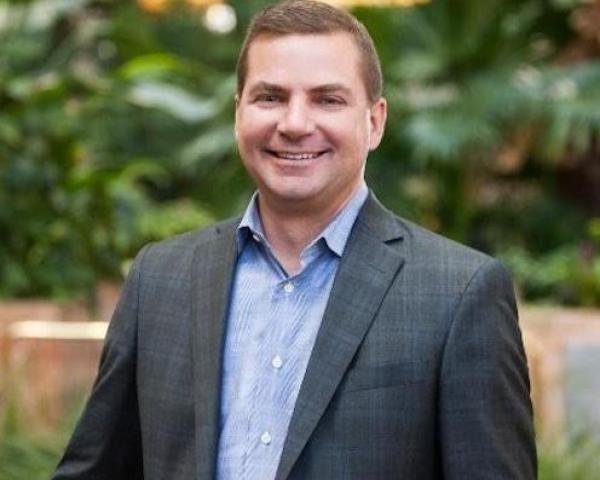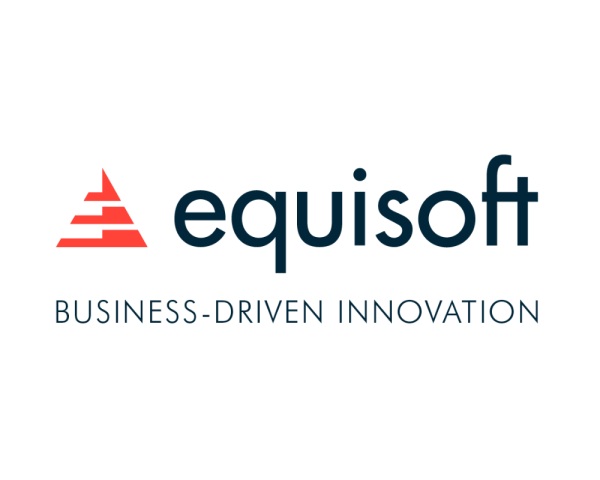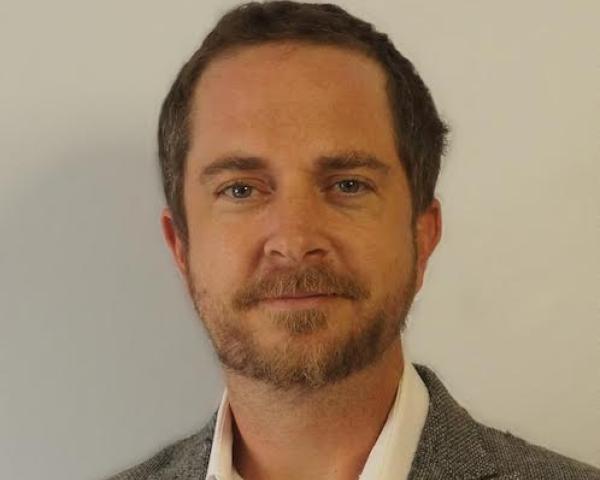Listen Now:
ITL:
Hi, I'm Paul Carroll. I'm the editor-in-chief at Insurance Thought Leadership. I'm joined again today for one of the quarterly chats I look forward to very much with Michel Leonard, who is the chief economist and data scientist at the triple-I, the Insurance Information Institute, which is basically the scorekeeper as far as I'm concerned for everything that happens in the insurance world.
Michel, we've been talking for, I don't know, probably a year or so now about inflation and economic growth and the P&C industry and its growth prospects and so forth, and it seems the narrative has changed. I think that that's partly because you've been right more than the Fed has been right on inflation. You've been predicting a faster subsiding in the short term. And, actually, even since your latest quarterly report came out, the news has bolstered your point of view. Inflation was only 5% -- only 5% -- in the last 12 months, and producer prices actually came down. With that sort of background, I wonder if you could talk about how the narrative changed about inflation and growth and everything else.
Michel Leonard:
Absolutely. Well, it's great talking with you as always. It's funny how you just mentioned inflation is only 5%. Who would have thought we would say “only” a few years ago?
One area where we have looked is the drivers of inflation. There are two views in the economic world. One has been that inflation was driven by demand, given the government spending and so forth that changed purchasing patterns during COVID. In this view, for example, buying more goods for homes drove prices up. Another view was that inflation was supply-driven -- that disruption in supply chains and disruption in labor availability pushed prices up.
It's funny you mentioned that I was right about inflation more than the Fed. I'll take that.
But what we are saying is what the Fed itself was saying originally, that inflation was transitory and that it was driven by factors like COVID that cannot be impacted by monetary policy. Then, there was a shift in the Fed's narrative. They were seeing that inflation was supply-side-driven and that interest rates could not do much about that, and they were resisting increasing interest rates. Then pressure came about, and they had to do something.
As they had to do something, the narrative changed, as well. The tightening, which we're still going through, has seen, in parallel, a decrease in inflation. But that doesn’t mean the decrease is because the Fed raised rates. We don't see it that way. I don't see it that way.
And the new equilibrium is precarious because the underlying supply chain factors are still there, in terms of food availability and so forth. We could go back very rapidly to 6%, 7% or 8% inflation.
Where does that leave us on inflation? It leaves us in a place where inflation is coming down but is still a multiple of what it’s been historically – more than twice, as of today. And we’re still very vulnerable, because inflation isn’t about interest rates. We're still very vulnerable to a sudden uptick in supply chain problems with cars or construction materials or food, whose prices have largely had to do with the war in Ukraine. There’s geopolitical risk, with the situation in China and Taiwan, and so forth.
I think the Fed framed the issue very well originally.
ITL:
Do you think the Fed will slow these interest rate increases, or do you think they're still committed to them?
Leonard:
Fed officials probably never really let go of that original narrative of transitory inflation, that this was a supply chain issue. Now, what does this mean in terms of whether they will be more or less willing to loosen up monetary policy?
Frankly, it can go both ways. On one hand, you might want to keep demand down through monetary policy, knowing that there's uncertainty on the supply and that the supply can drop again. The other issue is growth. The tightening of rates has cost a significant amount of growth. Unemployment has remained low, but we have an election year coming up, and stock market returns have been flat, and interest rates on fixed-income instruments have peaked.
ITL:
As a result, you're being fairly cautious about growth, right? And the P&C line of business is very much tied to growth in home purchases, car purchases and that sort of thing. So, am I right that you have a pretty cautious outlook about P&C growth for the next year or two?
Leonard:
Absolutely.
Last year, the economy was doing well, but there was a shift at the end of Q1 2022 in the economic narrative from pundits on Wall Street, in the financial press and in monetary policy circles. The shift was basically, overnight, to: We're going to go into recession. Capital spending, especially corporate expenditures, dropped. The Amazons of the world and so forth that had been investing in the new COVID economy of shipping pulled back. Everything stopped. I don't recall a moment in which some of the metrics reacted so strongly, and it wasn't because of the underlying data. It was because of this emerging consensus about a severe recession.
The narrative was especially damaging to the insurance industry, because traditionally we lag a bit behind the rest of the economy. We do better going into a recession, but it takes us a bit longer to get out of it. We were heading toward peak conditions for growth, with people buying cars again, people buying homes, furnishings and so forth. That all disappeared. That growth bump never materialized. And now we're going to be waiting again.
We were also disproportionately impacted by inflation because of what we rebuild and repair.
ITL:
It's certainly a confusing time. Some big player the other day recommended knocking down a bunch of office buildings that aren't going to be used, which would certainly change the equation in commercial real estate. You talked about the COVID economy. I saw a study the other day from one of the big consulting firms that did a major survey of travel managers and other people responsible for corporate travel and found that they expect that people are going to return to the office, but that work from home will go only from 3.9 days during the pandemic to 2.2 after it's all over. Before the pandemic, that figure had been 0.7 day a week, so we’re still talking about a massive change.
Leonard:
That's so true. We go through cycles.
We had a lot of growth in downtown areas. We had a lot of growth in the suburbs. Now it's about the exurbs. And that has such significant implications, not just in terms of where the growth is for P&C but also in terms of replacement costs. Labor availability in the exurbs is not the same as in the suburbs.
How do we get a sense of the underlying replacement cost framework when the data we get from government agencies and so forth is really on the basis of cities and states and regions? The issue today isn’t about one city versus another or one state versus another, it’s about different areas within the periphery of the city.
ITL:
Replacement costs have consistently been one of the bright spots in our conversations over the last six months or so. Prices are rising less rapidly than they did before, and in a few instances they're actually decreasing. Would you explain a bit what your latest thinking is on replacement costs?
Leonard:
They were disproportionately impacted on the way up because of the supply chain impact on prices of used and new cars, construction material, homes, lumber and so forth. On the way down, as we reach this, again, precarious wartime equilibrium, we're also disproportionately benefiting.
Now, this is a temporary place. It's very unlikely that we're going to stay there. Housing, cars and so forth are elements that could once again increase faster than overall inflation. Then you have to add exogenous factors such as extreme weather events. So, when we're thinking of rate setting for next year, speaking with regulators right now and so forth, we're in this position where, yes, the situation has indeed gotten better, but we have to be cautious.
Again, something goes wrong in Taiwan, something goes wrong with COVID or another disease or something happens with any number of other possibilities, and then, of course, Ukraine: All of the improvements could come to a halt, and we could be back at 6%, 7%, 8% inflation.
ITL:
You mentioned these crazy weather events. I was so struck the other day by this thunderstorm that basically got going in Fort Lauderdale and never stopped. Ordinarily, a thunderstorm will burn itself out in 20 minutes or so, but there was so much warm water there in the Gulf of Mexico that they basically had a cloudburst for six hours and got 26 inches of rain. The whole place was inundated, and it seems like these wild weather events are happening more and more frequently.
Leonard:
In just the past three or four years, we've had cumulative increases in replacement costs, on average for some of our homeowners and commercial property lines, of 40%. We know these sorts of storms are getting more frequent and worse; imagine the same storm costing 40% more before too long.
ITL:
In Northern California, where I live, we've had an incredibly wet winter, which is great because we need the water and because wildfires have become a problem. But it seems like after having a very long La Nina weather phenomenon, we're about to switch to El Nino in maybe the next month or so, and that historically has meant very high temperatures across the U.S. There could be more tornadoes, there could be more wildfires and so forth as a result.
The last thing I wanted to be sure we covered is rates, which you started to mention. It seems like property/casualty insurance has been sort of chasing premiums for a while because costs have been high and they've been trying to catch up.
Leonard:
I think we're heading toward a fundamental shift. The notion of affordability and availability really will have to be to be rethought. Homeowners and corporations will have to look at insurance as a significant driver when making a purchase.
In places such as Florida, the P&C industry hasn't made money on the homeowners side in several years even though rates have been going up significantly. People will continue to live in Florida. People will continue to live in some of those other places. So, the issue becomes really expectations about pricing and insurance.
ITL:
Final thoughts?
Leonard:
We’ve covered a lot. I’d just point to two red flags:
Inflation: Let’s not get complacent. It could very rapidly go back up, with just a few events in Europe,
Growth: The economy is resilient, but growth won’t be secure until two quarters after the Fed telegraphs a shift in monetary policy. All eyes are on the Fed, and, as the saying goes, don’t fight the Fed.
ITL:
That’s a great way to end. Thanks, Michel, as always.






















